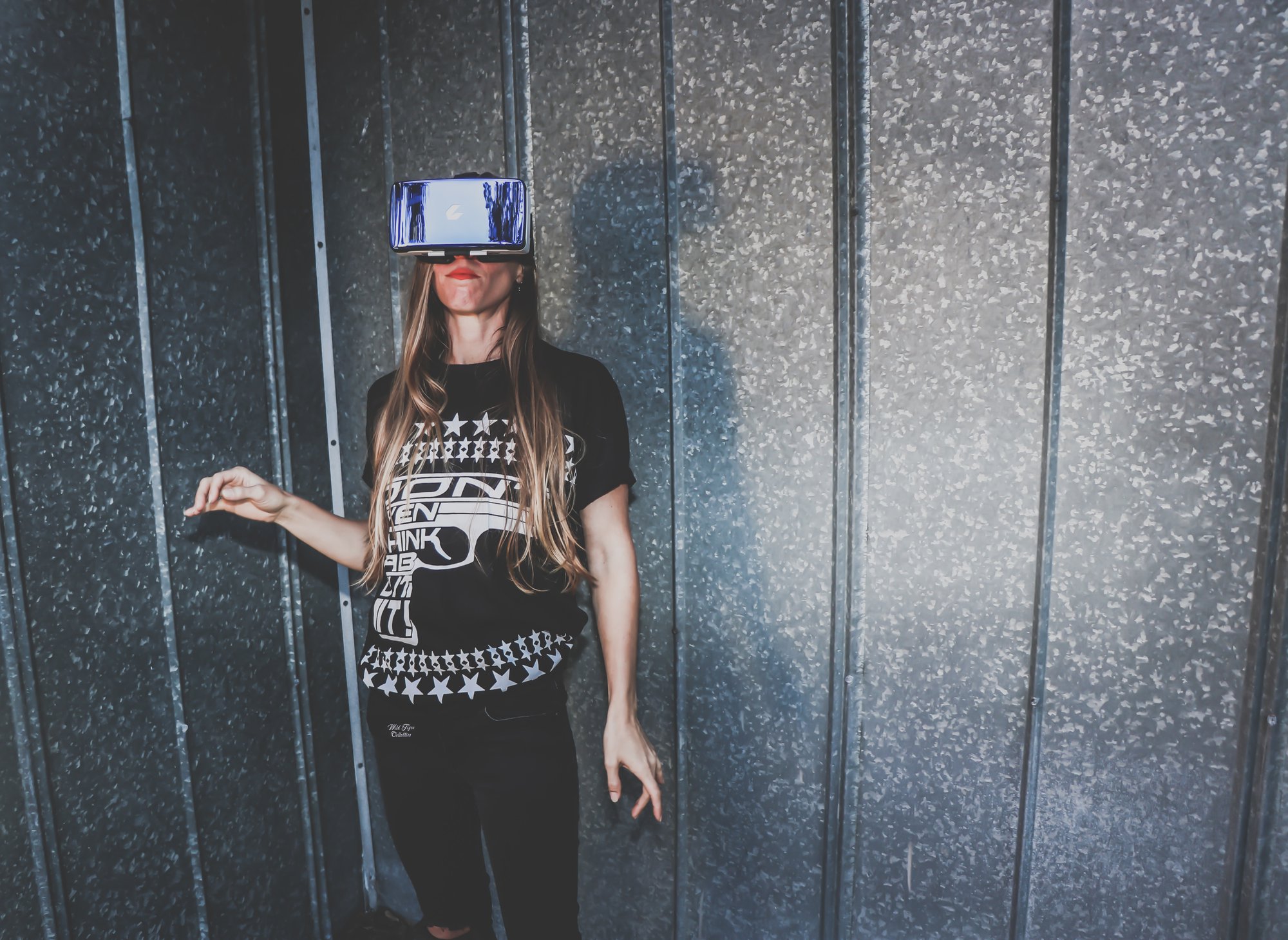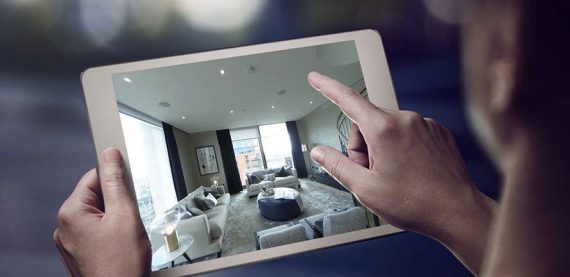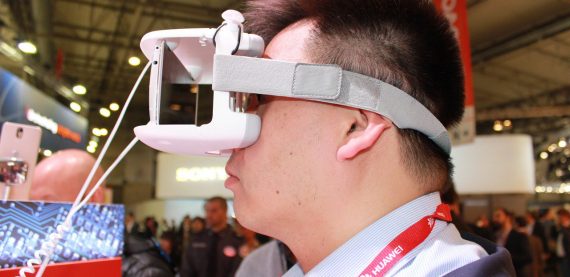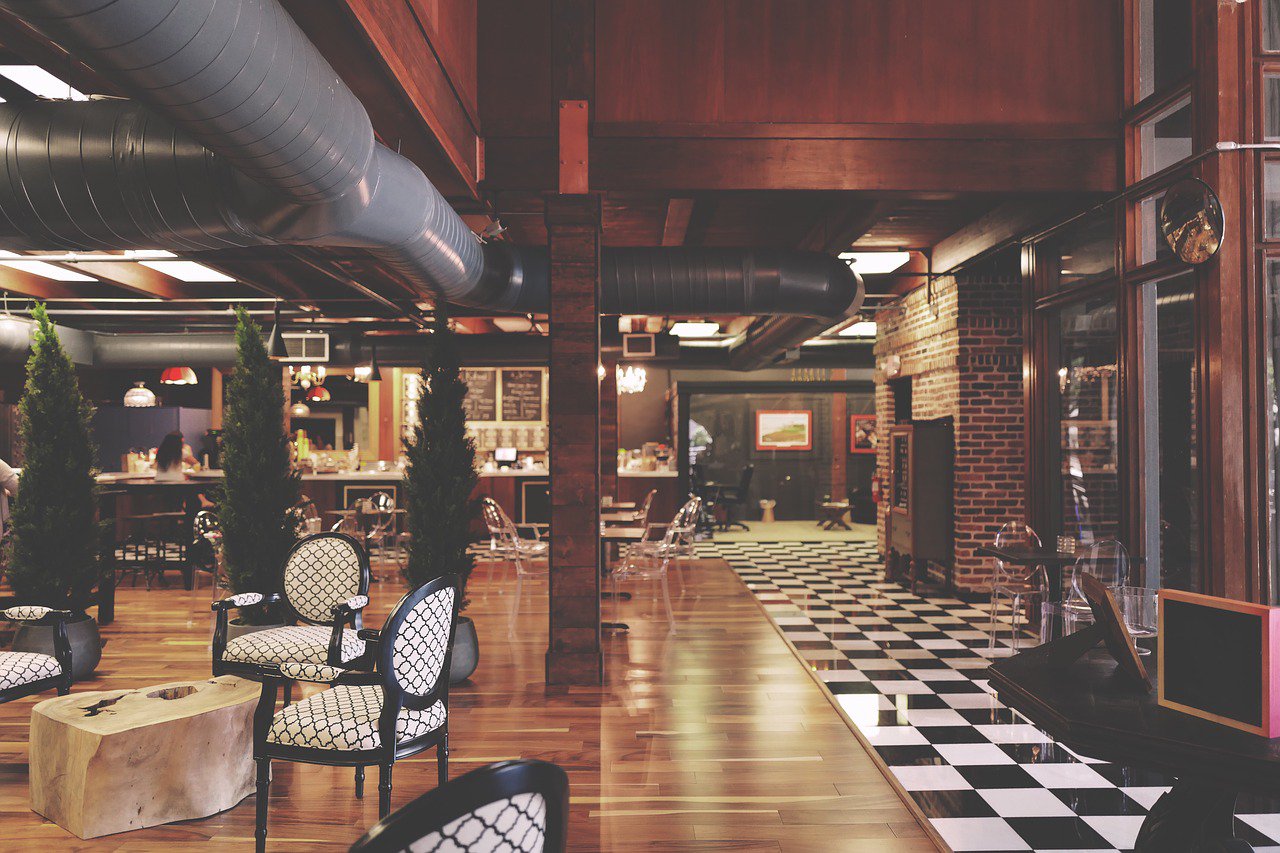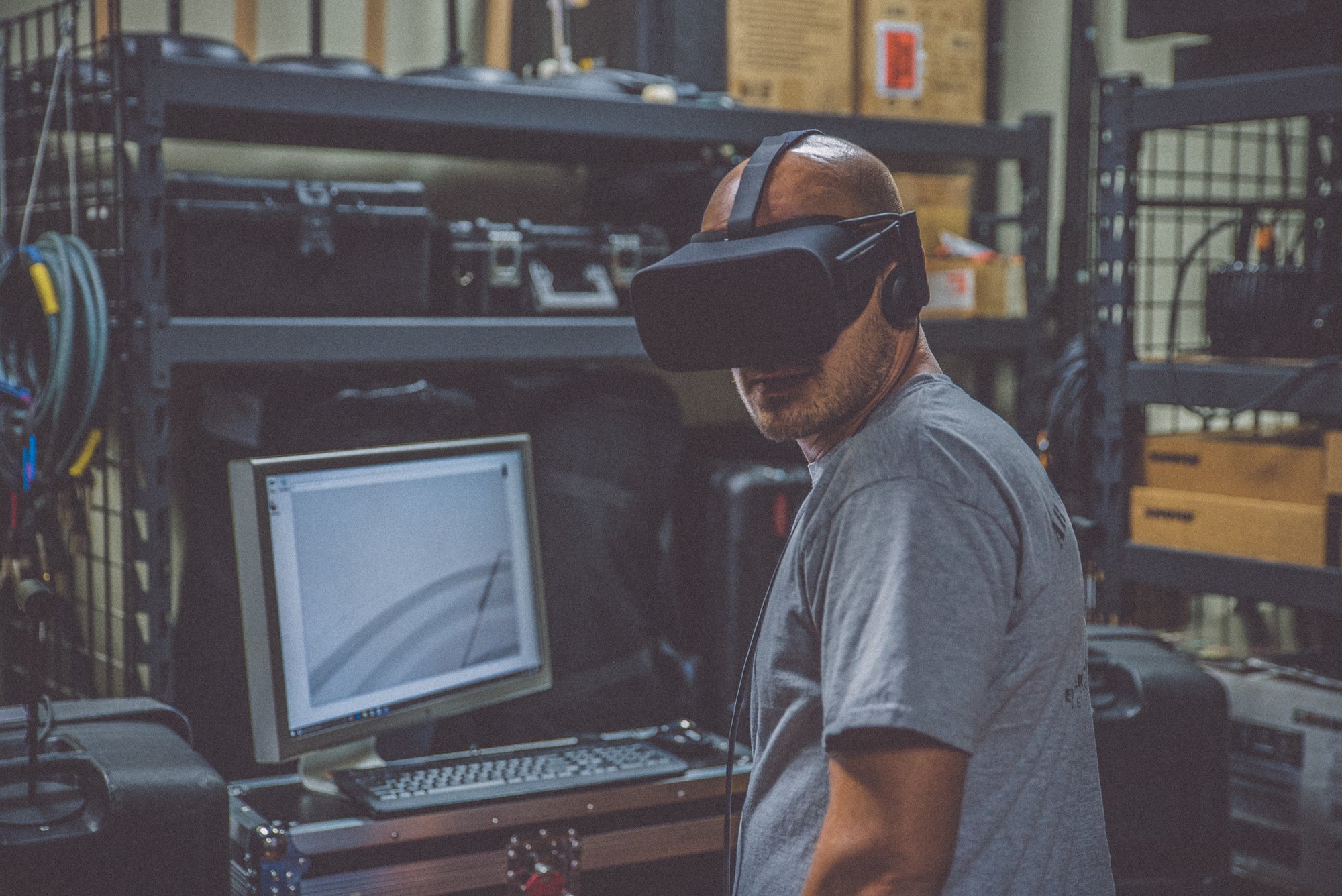You must have heard of virtual reality (VR), but most of the time it is associated with computer games. The specialists in VR expect the VR to be used for different purposes. This means further associations, networking, connections, and highly immersive encounters. VR also gives us a brighter perspective as to how we progress with PC collaboration.
The Potential of VR Outside Computer Gaming
At this point, it is said that VR users have just started to break through the surface with VR technology. The developments in the interactive video and photos have made it possible for users to visit places which are not possible for them to do physically. Its primary use is in computer gaming, but it has shown great potential for business. That’s why it is used by different tech organizations namely Google, Samsung, Foxconn, Apple, Microsoft, HP, Intel, IBM, and others.
VR and Branding
Virtual reality can be used to serve the purpose of a brand or product more efficiently and also to engage the customers. It’s also through virtual reality that the consumers can be enticed by standalone product ads. It’s also through VR that products can be seen to blend with the consumers’ lifestyle which will encourage them to use them.

VR and Its Benefits Across Industries
There are various professional fields that are interested in VR: travel, tourism and adventure; home design; education; live events; movies, records, and videos; and of course, gaming. By 2020, VR is expected to provide $30 billion revenue. The total of active users who make use of VR is expected to rise at $171 million by 2018, $2.3 billion from hardware and $4.7 from software.
VR and the Users’ Expectations
Studies also revealed that 73 percent of Gen Z-ers expressed their interest in VR. About 66 percent of consumers want to go VR shopping while 53 percent of adults prefer to shop from brands that have virtual reality technology in its online shops.
The future of virtual reality will involve not merely headsets and game controllers. Users can also expect the VR to be more physical in the future. In its beginning, the VR is seen to cater to the visual senses, but experts in the field expect the VR to become more sensory oriented through the introduction of better touch controls. Frank Azor of Alienware said that when VR caters to the rest of the human senses, you will likely feel temperature-wise, body-wise and even smell the actual thing, the reality element of VR is strengthened, and its virtual aspect starts to fade.
Hugo Barra of Facebook said that VR and augmented reality will continue to work together since each of them has a different purpose. Virtual reality enables users to immerse while augmented reality enables users to interact with the environment. These two technologies will continue to connect people regardless of where they are located.
Find out more about the benefits of virtual reality tours. Sign up to Virtual Tour Easy Now for FREE!

